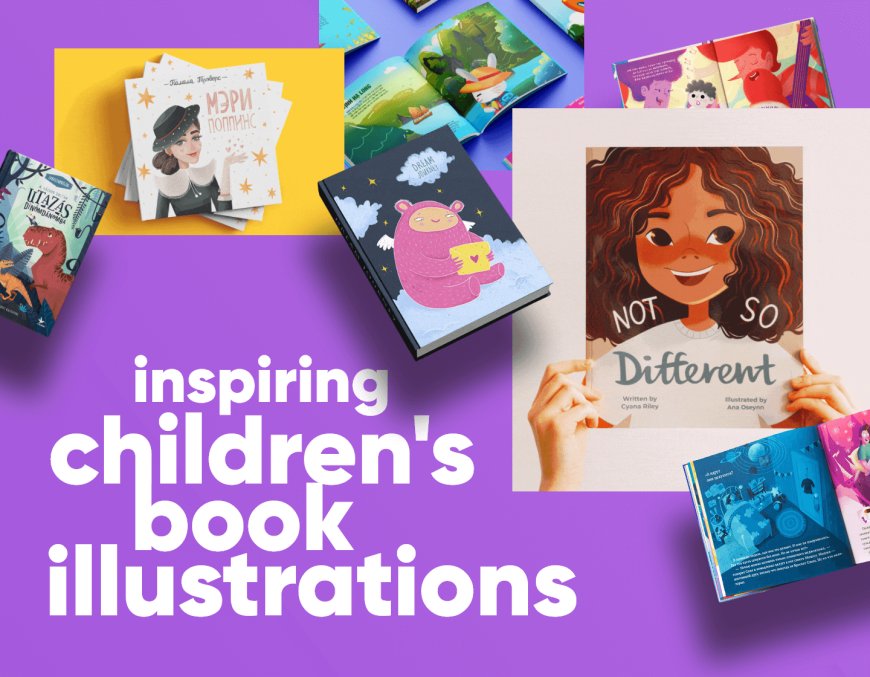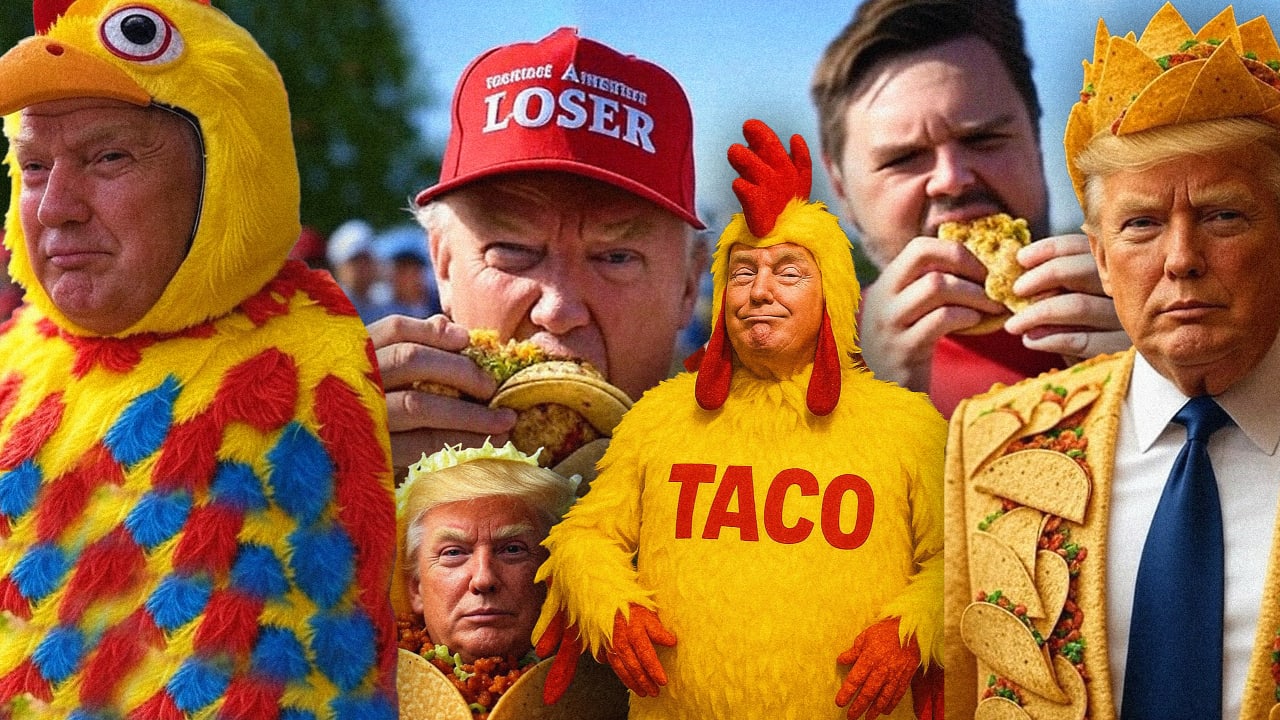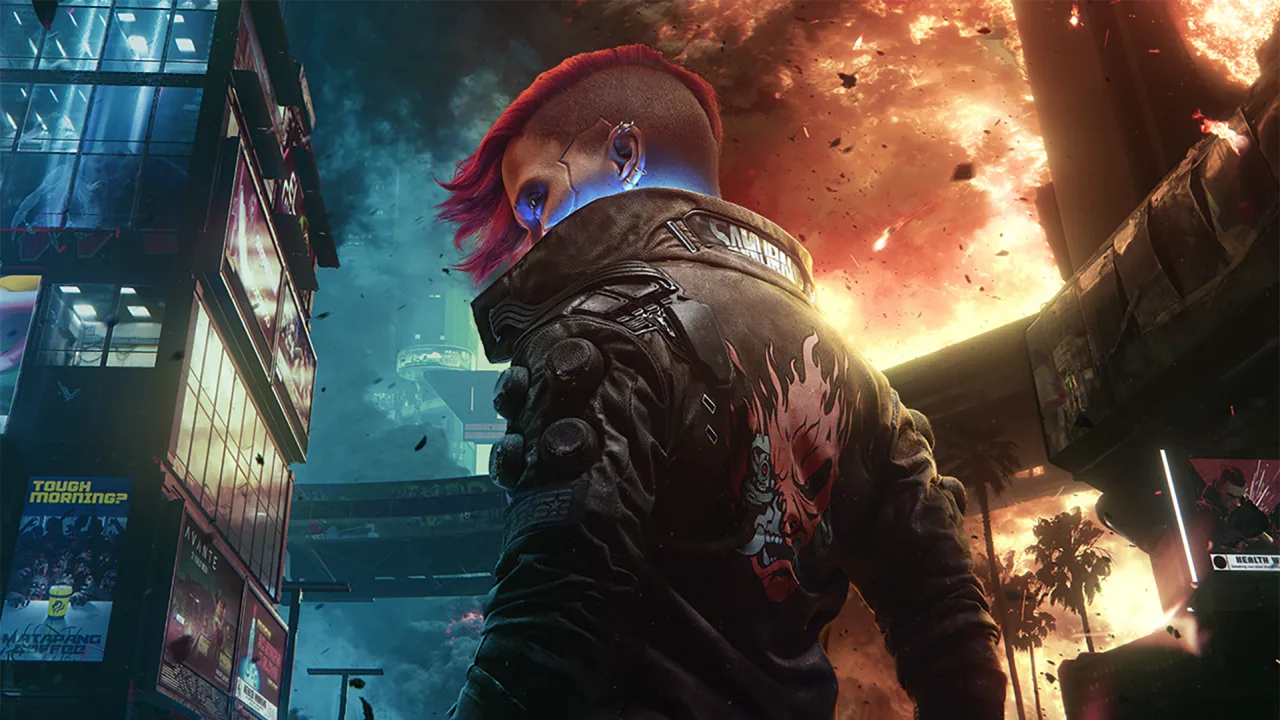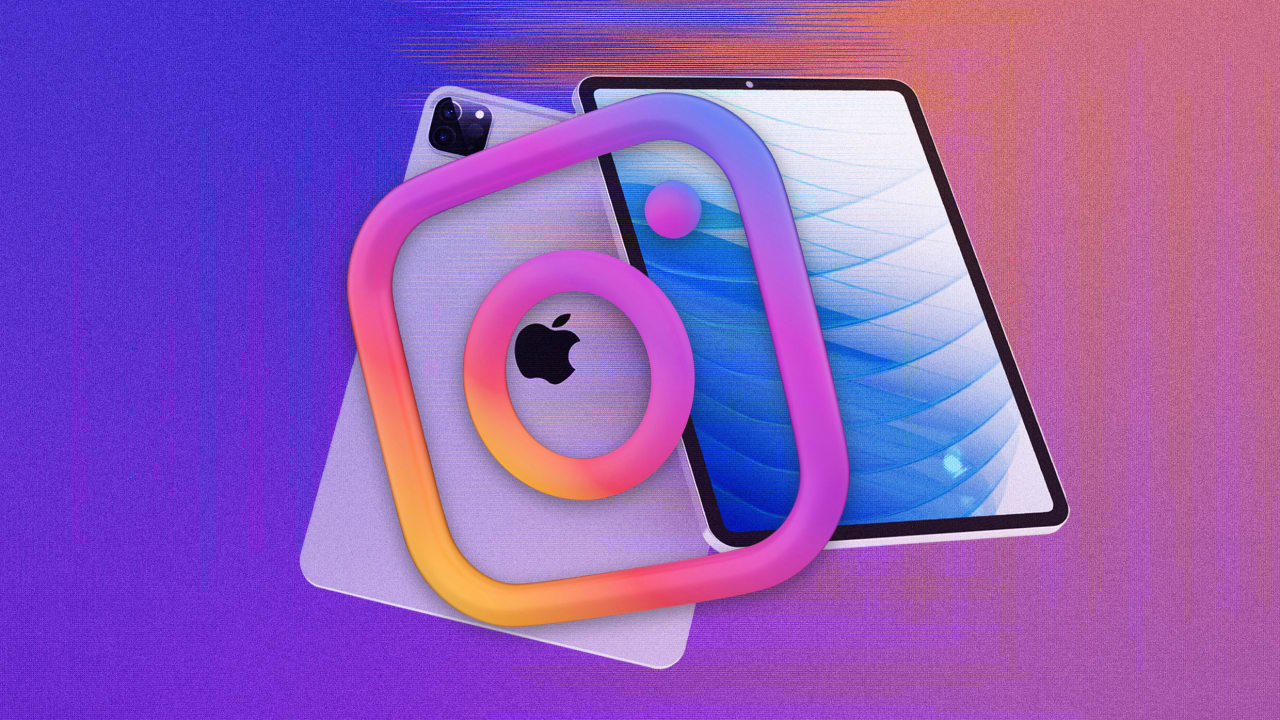Hiring a Children’s Book Illustration Cover Styles Design in 2025
Factors That Influence Book Cover Design Costs Hiring a Children’s Book Illustration Cover Styles Design in 2025

A book cover is one of the most essential elements in the publishing process. Whether you’re self-publishing or working with a publisher, the design of your book cover plays a pivotal role in attracting readers. While traditional publishing houses have fixed processes for book cover designs, indie authors have a variety of options at different price points.
Today, we’ll explore the cost of designing a book cover in 2024, covering DIY, professional services, and premade covers. Let’s dive in!
Factors That Influence Book Cover Design Costs
When browsing for book cover design services, you’ll come across a wide range of prices. So, what determines these prices? Here are some key factors that influence book cover design costs:
-
Designer’s Experience
The skill and expertise of the designer will often determine the cost. Highly experienced designers usually charge more for their services. -
Book Cover Type
The complexity of the design affects the price. Custom-designed covers, such as those with illustrations, are more expensive than stock image-based covers. -
Design Complexity
Minimalistic designs with simple typography or few details are typically more affordable. On the other hand, intricate designs with multiple elements, 3D effects, or extensive photo manipulation come at a premium. -
Deadline
Tight deadlines often come with additional charges due to the urgency of the work. -
Designer’s Location
Costs can vary depending on where the designer is located. Designers in regions with higher living expenses, such as the USA, tend to have higher rates than those in regions like Eastern Europe. -
Number of Revisions
Some designers offer unlimited revisions, while others have a set number of revisions included in their price. Additional revisions can increase the final cost.
Understanding these factors helps you assess your budget and select the right cover design option.
Should You Save Money on Book Cover Design?
It’s tempting to cut costs on book cover design, especially with the many affordable options available. However, this is one area where you shouldn’t skimp. Here’s why:
-
The First Impression
A book’s cover is the first thing readers see, and it’s often what compels them to pick up the book. A visually appealing cover can grab attention and pique interest. -
Marketing Power
A well-designed cover conveys the genre, tone, and mood of the book, making it easier for readers to quickly assess if the book aligns with their preferences. -
Professionalism
A professionally designed cover signals that the book is high-quality and worth the reader’s time. A cheap, amateurish design can hurt the credibility of your book. -
Long-Term Value
While investing in a quality cover may seem costly upfront, it can boost book sales and help build reader engagement in the long run. -
Legal Protection
Hiring a professional designer ensures that all images and fonts used are properly licensed, reducing the risk of legal issues down the line. Amateurs or low-cost designers might use unlicensed materials unknowingly.
How Much Does a Book Cover Design Cost?
Here’s a breakdown of the typical costs for different types of book cover design in 2024:
-
DIY Book Cover Design: $0 – $262
-
Freelance Book Cover Designer: $15 – $100
-
Book Cover Design by a Company: $300 – $2,000
-
Premade Book Cover Design: $100 – $150
Let’s take a closer look at each option.
DIY Book Cover Design: $0 – $262
If you have the skills, you can design your book cover yourself using free or affordable tools. However, creating a professional book cover requires more than just placing images and text together. Researching your genre and understanding what works best for your target audience is crucial.
Here are some popular DIY tools for book cover design:
-
Canva (free)
-
Visme (free)
-
Blurb BookWright (free)
-
Placeit (free, $9.99/month)
-
PosterMyWall (free, $9.95/month)
For graphic design software, consider the following pricing:
-
Adobe Photoshop or Adobe InDesign: $22.99/month
-
Affinity Publisher: $69.99 (one-time purchase)
-
QuarkXPress: $233/year
You’ll also need high-quality stock images, which can cost anywhere from $29 per month for services like Shutterstock, where you get 10 credits (one credit = one image). Typically, a book cover requires 3-4 images.
Thus, the DIY route can cost you anywhere from $0 to $262, depending on the tools and resources you use.
Freelance Book Cover Designer: $15 – $100
If you prefer to hire a freelancer, many platforms offer a range of options for finding book cover designers. Freelancers typically charge between $15 and $100, depending on their experience and the complexity of the design.
Freelancers offer several benefits, such as:
-
Expertise: They know the ins and outs of genre-specific designs and what works in the market.
-
Affordability: Freelancers are often more affordable than companies.
Where to find freelancers:
-
Fiverr
-
Upwork
-
Reedsy
-
99designs
Social media platforms and Facebook groups, like “Book Cover Design Marketplace” or “Indie Book Cover Designs for Authors,” are also great places to find freelance designers.
Book Cover Design by a Company: $300 – $2,000
Book cover design companies offer professional services and have dedicated teams of designers. They can deliver a polished, marketable design, and some companies also offer additional services such as book formatting, marketing materials, and logos.
Here are some popular companies and their prices:
Ebook Launch:
-
Custom Ebook Cover: $497
-
Ebook & Print Cover: $595
-
Premade Covers: $99
Damonza:
-
Standard Front Cover: From $645
-
Premium Front Cover: From $1,645
-
Budget Front Cover: From $395
Raven Book Design:
-
Paperback Cover: From $2,086
-
Hardcover with Dust Jacket: $2,650
Companies offer various features, such as unlimited revisions, mockups for marketing, and fast turnaround times.
Premade Book Cover Design: $100 – $150
If you’re looking for a budget-friendly option, premade book covers are a great choice. These covers are pre-designed by professionals and available for purchase, typically priced between $100 and $150. Premade covers are perfect for authors who don’t want to invest in custom design services but still want a high-quality, professional cover.
Some popular sites to purchase premade covers from include:
-
GetPremades
-
The Book Cover Designer
-
SelfPubBookCovers
-
Ebook Launch
Conclusion
There are several options for designing a book cover, and the cost varies greatly depending on your budget and needs. DIY design is the most affordable, but it requires time, effort, and knowledge of the market. Freelancers offer a more affordable, professional touch, while book cover design companies provide high-end, comprehensive services at a higher price.
Ultimately, the cover of your book is a crucial part of the marketing process. Whether you choose a DIY approach, hire a freelancer, or go with a full-service company, don’t compromise on quality. A professional book cover can make a huge difference in how readers perceive and engage with your book.
The Role of Children’s Book Illustrators
Children’s book illustrators are not just artists; they are storytellers in their own right. Their illustrations help translate the words on the page into a visual experience that engages young readers. The right illustrator can bring a child’s imagination to life, adding depth and context to the story while keeping it fun and entertaining.
For authors looking to make their stories stand out, working with a professional children’s book illustrator is key. If you are unsure where to start or what style to choose, many platforms offer resources for hiring talented artists. For example, you can explore Children’s Book Illustrators to find a diverse selection of artists who specialize in various illustration styles, from watercolor to digital art.
Exploring Different Children’s Book Illustration Styles
When it comes to choosing an illustrator for your children’s book, it’s important to understand the various styles available. Children’s book illustration styles range from classic and realistic to abstract and whimsical. Each style has its unique appeal and can evoke different emotions in the reader.
Some popular illustration styles include:
-
Traditional Watercolor: Often used in classic children’s books, this style has a soft and timeless quality.
-
Cartoonish or Comic Style: Often used for books aimed at younger children, this style features bold lines and exaggerated features, making it fun and engaging.
-
Digital Illustration: A modern style that offers a crisp, clean look with endless possibilities for creativity and versatility.
To get inspiration for your book, take a look at the Top Illustrators and Children’s Book Illustration Styles, where you can discover various styles that might suit your vision for the book. Whether you’re seeking vibrant digital artwork or something more classic, knowing what you want will help you communicate effectively with potential illustrators.
The Importance of a Professional Book Cover
The cover of your children’s book is the first thing potential readers will see. A professional book cover is essential to make a strong first impression. It should not only reflect the theme of the book but also capture the attention of both parents and children who will pick it up off the shelf.
Creating a captivating book cover can be challenging, but there are excellent tools available to help. With platforms like Book Cover Maker, you can design a professional-quality book cover even if you don’t have graphic design experience. These tools offer templates and customization options to make the process straightforward and affordable, ensuring your book stands out in the crowded children’s book market.
Finding the Right Children’s Book Publisher
Once you have your story, illustrations, and cover ready, the next step is finding a publisher. Choosing the right publisher for your children’s book is vital to its success. The publisher should understand your vision and be willing to help bring it to life, whether that means traditional or self-publishing.
Many authors start by looking into established children’s book publishers. If you’re looking for a comprehensive guide to the world of children’s book publishing, check out Children’s Book Publishers. This resource offers valuable information on how to approach publishing, whether you’re aiming to submit your manuscript to a traditional publisher or considering self-publishing. It’s also a great place to learn about the different steps involved in the publishing process, from editing to distribution.
How to Get Started with Your Children’s Book Project
Starting a children’s book project can be overwhelming, but it doesn’t have to be. Here are a few steps to guide you:
-
Write Your Manuscript: Before you dive into illustrations or publishing, make sure your manuscript is polished and ready for submission or production.
-
Choose Your Illustrator: As discussed, selecting the right illustrator is key. Consider your book’s target age group and the type of story you want to tell.
-
Design Your Book Cover: A professional book cover can make a huge difference in your book’s success. Use online tools or hire a designer to ensure your cover is eye-catching.
-
Find a Publisher: Once your book is ready, research different publishers or self-publishing platforms that specialize in children’s books. Choose the one that aligns with your goals.
Would You Consider Illustrating My Children’s Book?
One of the most commonly asked questions that I receive is this…. “Would you consider illustrating my children’s book?” and it’s always a great honor to be asked this. Whilst I can’t accept each and every request, I am always happy to discuss your needs and requirements. If the project aligns with my style of children’s book illustration and fits into my busy schedule, then I will always welcome a challenge!
How to Find a Freelance Children’s Book Illustrator in the UK
If you’ve found my website, and more particularly this blog post, then you’ve probably found me on Google or via my Facebook page whilst searching for someone who will help bring your ideas to life. As you will have seen, I adopt a child-friendly style and focus on ‘whimsical’ type illustrations. I only work with physical paints and inks (i.e. I don’t use Photoshop or other computer software to ‘draw’ or ‘paint’). While I admire those who can achieve great results using such sophisticated programs, they are not for me, and in my opinion, they take some of the soul away from a piece of art to be featured inside a children’s book or greetings card – particularly with AI. (Who can be proud of a computer-generated, lifeless book?) The occasional uneven line or a blob of misplaced ink gives an illustration character and an old-worldly charm.
So, now that you’ve found my website, what should you do next? Well, I’d advise having a look at some of the samples of work that can be found in my gallery first, as I may not offer what you are looking for. There are many fantastic illustrators out there offering different and unique styles. But if it is mine that you like, then there are a few things to consider:
Key Considerations Before Hiring a Children’s Book Illustrator

1. Will You Be Self-Publishing?
If so, then you will be in charge of choosing the illustrator for your book. If you are using a publishing house, then as a general rule, it will be the publisher who appoints the illustrator – although I’m more than happy for my name to be put forward. When time permits, I can offer a full-service, including the printing of your book too – let me know if this is of interest! You can learn more about children’s book publishing here.
2. How Many Illustrations Do You Need?
Many children’s books are set out in a particular way, and hence often require a set number of illustrations.
3. Provide Your Manuscript
I will require a copy of your manuscript to obtain a feel for the characters – even more so if you’d like me to create the character(s) from scratch.
4. Your Deadline
Your deadline is very important for both of us, so a clear deadline is essential. Please be realistic – anything less than 6 months probably won’t work out.
5. I Don’t Deal with the Printing
Whilst I will always offer advice where and when possible, I don’t deal with the printing of the illustrations (unless I’m asked to publish your book too). I will create the pictures, so if there is anything in particular that you, your publishers, or printers require, then I need to be made aware of this before any work commences.
6. Traditional vs. Digital Illustrators
Please acknowledge that traditional illustrators offer a VERY different service to digital illustrators and AI/Clip Art services. If you’re looking for a truly unique style, traditional illustrations may be the better choice.
The Process of Illustrating a Children’s Book
The above points are in no way an exhaustive list, and there are, of course, other things to consider, such as costings (I’d love to be able to work for free, but sadly, like us all, I have lots of bills too!). Illustrators don’t take on work with the promise of a share in royalties as payment.
Illustrating a book is usually a long process, often taking months, or possibly even a year, so please bear this in mind when asking for a quote. I don’t charge the same rates as those who provide off-the-shelf Clip Art illustrations – I care about your book and reputation. I’m not here to take your money and provide a template service only to move on to the next within a few hours of starting. I’m here to bring your words to life.
The Importance of Illustration in Children’s Picture Books
Let’s be honest. When you think of a picture book, what’s the first thing that comes to mind? When you look at a book on the shelf, what often makes you decide if you want to buy it? If the answer to both questions is THE ART, then you’re not alone.
While every word in a picture book matters, it’s the illustrations that bring the story to life in a vibrant, exciting way—especially for children who can’t yet read the words on the page, but still enjoy flipping through a book! A big part of that vibrancy is an illustrator’s style, which sets the overall tone for the book. Some illustrative styles are bold and bright, which evoke a lively, happy tone. Other styles might be more muted, giving a book a more serious feel. Either way, illustration style can play a big role in how well a children’s book comes together.
But as an author who is creating your own picture book, trying to find an artist and deciding on what art style speaks to you can be daunting. After all, there are so MANY different kinds of art out there. How can an author even figure out what to tell an artist they are looking for? By understanding the different kinds of illustration styles and mediums!
What is a Children’s Book Illustration Style?
Much like authors have their own voice or writing style, illustrators spend years mastering and honing their own specific artistic style. An illustrator’s style encompasses all the nuances and characteristics they use to make their artwork uniquely their own. This might include the specific mediums an artist uses, a well-defined color palette, unique brush or pen strokes, or anything that sets their work apart from others in the industry. Take Dr. Seuss, for instance; his bright, bold, and exaggerated illustrative style is easy for readers to recognize.
So what are the different art styles available to an author? Let’s take a look!
Photorealistic Illustrations
Sometimes an author wants to truly show what a subject looks like. But how can that be done without photographs, which can be challenging to use in a picture book? With an artist who specializes in realistic art. This illustration style is so precise that it almost looks like a picture itself. Photorealistic portrayals can make a reader feel closer to the story, as if they are right there. This style is more frequently used in nonfiction but occasionally pops up in fiction too.
Example: Photorealistic art from illustrator Chris Van Allsburg.
Realistic Illustrations
Not to be confused with photorealistic art, realistic illustrations accurately depict the world around us, usually in vivid detail and without exaggeration, however, they are clearly meant to be seen as illustrations rather than photographs. Realistic illustrations are one of the most popular illustration styles for children’s picture books.
Example: Realistic art from a children’s picture book.
Sketches
Usually done in black-and-white, sketch illustrations are most common in chapter books and middle-grade novels. These illustrations may appear as full-page illustrations (often kept to one or two per chapter) or can be used as smaller spot art or chapter-opening art.
Example: Sketch art from a children’s picture book.
Vintage Illustrations
These classic illustrations, usually created through traditional methods like colored pencil and watercolor, are designed to evoke a sense of nostalgia in the reader. Often these illustrations are partnered with a book that portrays a moment or personality from the past.
Example: Vintage art from a children’s picture book.
Cartoon Illustrations
Perhaps the most popular illustrative style used by children’s book artists today, cartoon illustrations speak to children in a fun, engaging way. Bright, bold colors enable an artist to bring a character to life, usually through the use of exaggerated facial expressions.
Example: Cartoon art from a children’s picture book.
Fantasy Illustrations
Fantasy art veers more toward whimsical, encouraging young readers to tap into their imagination as they read.
Example: Fantasy art from a children’s picture book.
Abstract Illustrations
These exaggerated, bold illustrations are more conceptual artwork than exact replicas of real things. Abstract art veers toward more organic or geometric shapes, bold prints and patterns, and perfectly clashing color palettes. Though nice to look at in an art gallery, this kind of art can be hard to make work in a children’s picture book.
Example: Abstract art illustration style from a children’s picture book.
Muted Illustrations
Characterized by muted colors, these illustrations are most common for serious topics in picture books, from heartwarming to sad.
Example: Muted art from a children’s picture book.
Exaggerated Illustrations
These illustrations go over the top, stretching reality by exaggerating shapes, colors, and expressions. This style is most often associated with Dr. Seuss.
Example: Exaggerated art from a children’s picture book.
Line Drawings
Rarely seen in traditional children’s picture books, this style of drawing is most popular in activity and coloring books, as well as other low-content books.
Example: Line art from a children’s picture book.
Popular Illustration Mediums
Now that you’ve had a chance to see some of the most popular illustrative styles used in picture books, let’s talk more about the tools and mediums that artists use to create their distinct artwork.
Graphite or Charcoal
Primarily for artwork that’s black and white in tone, this medium is perfect for drawing illustrations that use shading and shadows to create a gripping, distinct look.
Example: Charcoal drawing from a children’s picture book.
Colored Pencil
Surprisingly, many children’s book illustrators use colored pencils in their designs because of its versatility. Plus, pencils can be manipulated to create extremely detailed art, not only through color, but through black-and-white sketches.
Example: Colored pencil art from a children’s picture book.
Markers
This medium is known for creating bright, bold illustrations with colors that pop. Not only that, but artists are able to create art with fine point tip precision to include stunning details.
Example: Marker art from a children’s picture book.
Watercolor
Wildly popular among artists, this traditional method of illustrating is a versatile medium for creating a diverse portfolio of art. Manipulated by water, pigments can be bright or muted, while edges can be soft or harsh.
Example: Watercolor art from a children’s picture book.
Acrylic
A go-to medium for illustrators who prefer paint to pencil, acrylic provides bold colors and doesn’t take long to dry.
Example: Acrylic art from a children’s picture book.
Collage
So much more than your mom’s scrapbook, this unique medium is easy to spot. It exhibits a layered, 3-D feel and fuses together various paper blends to craft a story.
Example: Collage art from a children’s picture book.
Multimedia
Today, it’s not surprising to see illustrations created through multimedia, which means an artist used more than one medium to create a piece of art. Artists use a combination of mediums, such as watercolor, acrylic, pastels, markers, or pens.
Example: Multimedia art from a children’s picture book.
Digital
Perhaps the most common (and affordable) medium available for illustrators today is digital painting, which can mimic some of the most popular traditional styles.
Example: Digital art from a children’s picture book.
Vector Illustration
A type of digital illustration, commonly created in Adobe Illustrator or Adobe Animate, vector artwork can be easily styled and layered on the page. The big benefit to vector art is that it can be easily sized up without losing quality if you change your trim size.
Example: Vector art from a children’s picture book.
How to Choose a Children’s Book Illustration Style

As tempting as it can be to just pick a style you like and go with it, there are implications to different art styles. Some things to consider include the age range of your audience, the cost to create art, and your ability to make changes.
Traditional vs. Digital Illustration
Children’s book illustrations can be created either traditionally (on paper) or digitally. As technology evolves, it is getting harder to tell the difference between the two. Many of the tools digital artists use today can mimic those used by traditional artists, and it’s important to know that the creation of digital illustrations doesn’t make the work any less “real” or valuable than traditionally created art. Still, some authors prefer traditional illustrations to digital ones, so let’s take a look at both.
Traditional Illustration
Traditional artists use mediums such as pen, pencil, markers, and paints to create illustrations. Once finished, the illustrations are either professionally photographed or scanned in order to be placed on the page. Traditional illustration methods can be more time-consuming and costly, but they do produce a beautiful book.
Digital Illustration
Digital artists create illustrations on their computer or tablet using programs such as Adobe Illustrator or Procreate. This method is less time-consuming and costs less to produce, which is why it’s quickly becoming a preferred method for children’s book illustration. The benefit of digital art is the ease with which changes can be made.
Target Audience
Children’s book illustrations appear in all kinds of books, not just picture books. But not all books use the same kinds of illustrations. Where picture books tend to use full-bleed full-color art on every page, early chapter books tend to use full-color art scattered throughout, while older chapter books use black-and-white line art.
Before selecting an illustration style, it’s important to understand the book’s target audience. Full-color art in a book intended for older readers can be off-putting as readers may feel the book looks too babyish, while sketch art in a picture book may make a book appear more mature than intended.
How Formatting Impacts Illustration Style
Children’s picture books typically use four different types of illustrations: spot art, vignettes, single-page full-bleed illustrations, and full-bleed spreads.
Spot Illustration
Spot art—or a spot illustration—is a standalone piece of character art, usually with no background behind it.
Vignettes
Vignettes are small scenes on a page. Often they are used in conjunction with each other to showcase more than one story scene playing out at a time.
Full-Bleed Page
A full-bleed page is an illustration that fills the entire page. These pieces have complete backgrounds and are usually used for story moments that need to be highlighted.
Full-Bleed Spread
Full-bleed spreads take up two full pages of a book, or a full book spread. These pages are commonly used in picture books to convey moments of heightened importance and story moments that really need to stand out.
Hiring an Illustrator
Before hiring an illustrator, make sure to have a clear understanding of what art style you want, what types of illustrations you need, and how many illustrations you’ll require. It’s also crucial to look over illustrator portfolios and ask for sample illustrations before making any decisions.



























































































































































